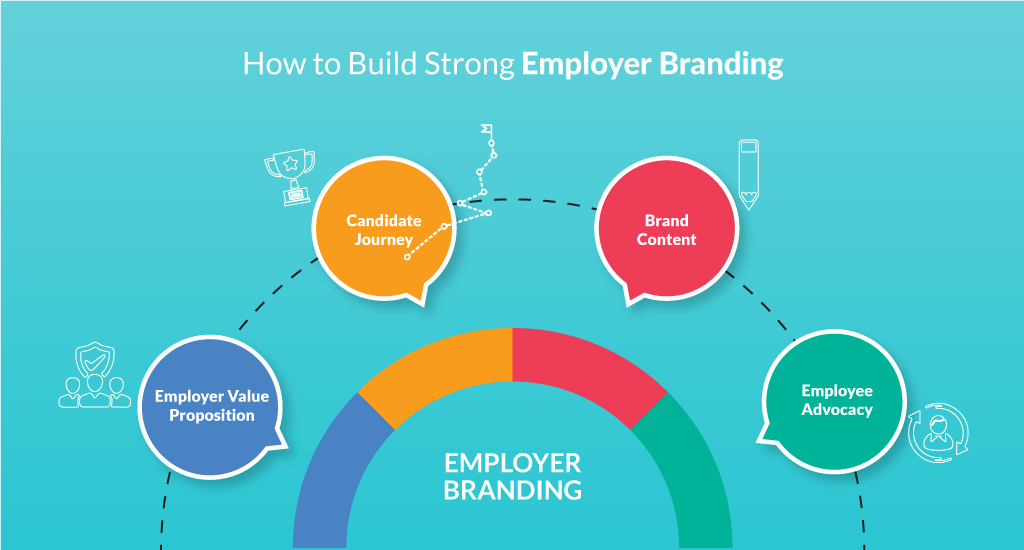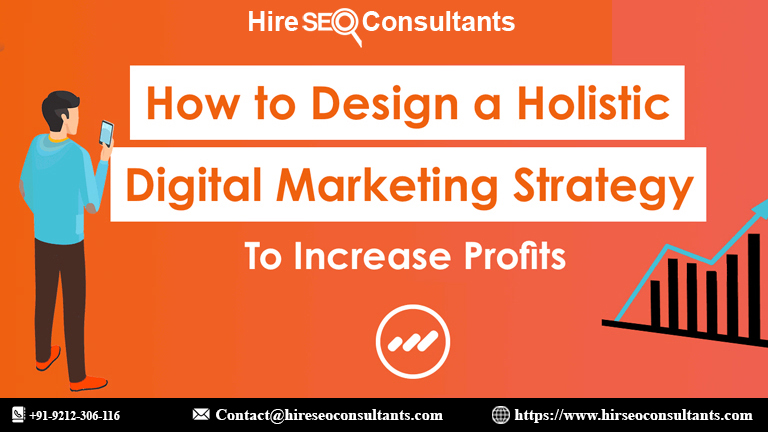Crafting a compelling employer brand is a key factor in attracting and retaining top talent. In today’s competitive job market, a robust employer brand can distinguish your company from others, showcasing why it’s a great place to work. Understanding the essential components and stakeholders involved in building your employer brand is crucial for success. Here’s a comprehensive guide on how to create an impactful employer brand, from understanding who’s involved to implementing effective strategies.
An employer brand is essentially the reputation of your company as an employer. It reflects how employees, potential hires, and the public perceive your organization. This perception is shaped by various factors, including company culture, values, work environment, and employee experiences. The foundation of a strong employer brand lies in aligning your brand message with your organizational values and creating a positive experience for current and prospective employees.
Identifying Key Stakeholders in Employer Branding
The first step in building your employer brand involves identifying the key stakeholders who play a crucial role in shaping and communicating your brand. These stakeholders include:
Leadership Team: Senior executives and managers are responsible for setting the tone and vision of the employer brand. Their commitment to the brand’s values and culture is essential in ensuring consistency and authenticity.
Human Resources: The HR department plays a pivotal role in managing recruitment, employee engagement, and retention strategies. HR professionals are instrumental in communicating the employer brand to both internal and external audiences.
Marketing Team: The marketing team helps in promoting the employer brand through various channels, including social media, company websites, and recruitment campaigns. Their expertise in crafting compelling messages and visuals is crucial for brand visibility.
Current Employees: Employees are the most authentic representatives of your employer brand. Their experiences and feedback provide valuable insights into how the brand is perceived and help in identifying areas for improvement.
Defining Your Employer Value Proposition (EVP)
A clear and compelling Employer Value Proposition (EVP) is at the heart of your employer brand. The EVP encapsulates what makes your organization unique and why potential employees should choose to work for you. It should highlight the benefits and opportunities that your company offers, including career development, work-life balance, company culture, and compensation.
To define your EVP, consider conducting surveys and interviews with current employees to gather insights into their experiences and perceptions. Analyze your competitors’ EVPs to identify gaps and opportunities for differentiation. Your EVP should resonate with your target audience and align with your company’s overall mission and values.
Crafting a Cohesive Employer Branding Strategy
Once you’ve defined your EVP, the next step is to develop a cohesive employer branding strategy. This strategy should encompass various elements, including:
Company Culture: Clearly articulate your company’s values, mission, and culture. Showcase how these elements are integrated into daily operations and employee experiences.
Career Development Opportunities: Highlight the opportunities for growth and advancement within your organization. Share success stories and testimonials from employees who have benefited from your career development programs.
Work Environment: Provide insights into the work environment and workplace culture. Use visual content, such as photos and videos, to give potential candidates a glimpse of what it’s like to work at your company.
Employee Benefits and Perks: Communicate the benefits and perks that your company offers, including health insurance, retirement plans, flexible working arrangements, and wellness programs.
Leveraging Digital and Social Media Channels
In today’s digital age, leveraging online platforms is essential for promoting your employer brand. Utilize social media channels, such as LinkedIn, Facebook, and Twitter, to share content related to your company culture, employee experiences, and job opportunities. Engage with your audience through regular updates, interactive posts, and employee spotlights.
Your company website should also feature dedicated pages for careers and employer branding. Ensure that these pages are optimized for search engines and provide a user-friendly experience for potential candidates. Include testimonials, success stories, and detailed information about your company’s values and culture.
Measuring and Evaluating Your Employer Brand
To ensure the effectiveness of your employer branding efforts, it’s important to measure and evaluate your brand’s impact. Utilize metrics such as employee satisfaction surveys, recruitment data, and social media engagement to assess how well your employer brand is resonating with your target audience.
Gather feedback from new hires and current employees to identify areas for improvement. Regularly review and update your employer branding strategy based on these insights to ensure that it remains relevant and effective.
Engaging with Your Talent Community
Building and maintaining relationships with your talent community is a key component of employer branding. Engage with potential candidates through networking events, webinars, and industry conferences. Share valuable content and insights that showcase your company’s expertise and thought leadership.
Encourage employees to participate in employer branding initiatives by sharing their experiences and perspectives. Employee referrals and word-of-mouth recommendations can significantly enhance your employer brand and attract high-quality talent.
Continuously Evolving Your Employer Brand
Employer branding is not a one-time effort but an ongoing process. Continuously evolve your employer brand to adapt to changing market trends, employee expectations, and company developments. Stay informed about industry best practices and emerging trends to keep your employer brand relevant and competitive.
Regularly review your employer branding strategy and make necessary adjustments based on feedback and performance metrics. Foster a culture of innovation and adaptability to ensure that your employer brand remains strong and appealing to top talent.
Get in Touch






















